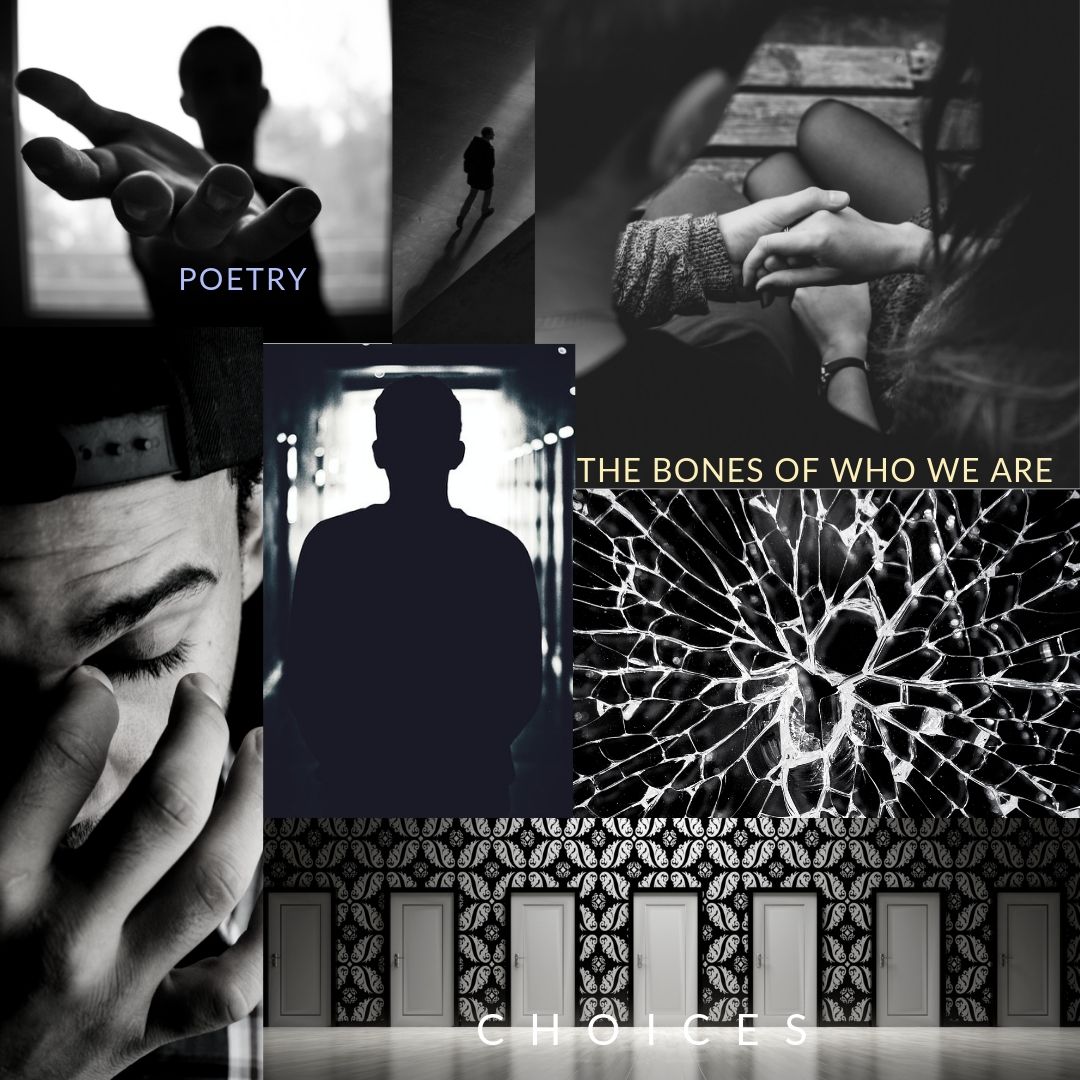When Gabe became a character in my mind, he started as a fallen angel. There was something magical and beautiful about him in those first drafts of the original paranormal story. He was the blameless sacrifice - the Christ figure - idealized in all his beauty and glory. Then in 2009, I was teaching a class on creativity and in our daily pages, I wrote a heartbreaking scene that I couldn’t shake. I knew without a shadow of a doubt that the character was Gabe as a child, and it shattered the paranormal drafts of the work-in-progress at the time. Nothing already drafted could stand if I used the scene. What the heck was I supposed to do with that, I wondered.
So the scene sat in my head as an unresolved issue with Gabe’s character. I put the manuscript - two years and nine drafts completed - away (partially because of this unresolved issue, but mostly because a wave of fallen angel stories broke in 2009 and 2010).
In 2015, Seth - the loudest of the three characters - who’d been dragged into hell at the end of the first paranormal story, began nagging me about having left him there. I pulled the story out again. I was teaching Homer’s Odyssey and the Hero’s Journey to my freshman at the time, and decided to plot Seth’s story using Chris Volgler’s work, and suddenly something clicked. The story was there, but I believed it to be a stand alone novel assuming Abby and Gabe were just secondary characters. So, I finished THE UGLY TRUTH in 2016; I was never happy with its ending. My family and friends enjoyed it (or pretended to), but I couldn’t get the nagging feeling out of my head and heart that the ending was all wrong.
So, it sat for another two years.
Then in March of 2018, I was sitting at a traffic light, waiting, and I heard Abby say in my head, “I need you to finish my story.” In that moment, it dawned on me that all three of them needed their own story. Abby. Seth. Gabe. With Seth’s already done, I went back to the original paranormal manuscript to see if there was anything salvageable for Abby and Gabe. With a ton of cutting, rewriting, and creating new content, Abby’s story, SWIMMING SIDEWAYS, came together, but like Seth’s narrative, I struggled with the ending. I couldn’t figure out how it was supposed to connect until it dawned on me: Abby’s story was first and both she and Seth’s stories were necessary in order to tell Gabe’s. Like finding the last pieces of a puzzle being put into place, I understood the whole story in three parts. The entire series had been moving toward the culmination of Gabe’s narrative all along.
That quiet, painful scene I wrote back in 2009, suddenly made sense, and served as the cornerstone around which Gabe’s entire story is built.
The aesthetic I made for Gabe’s story.






